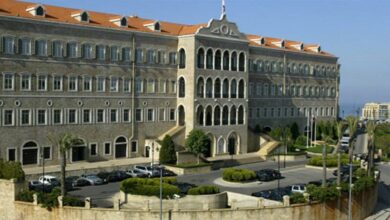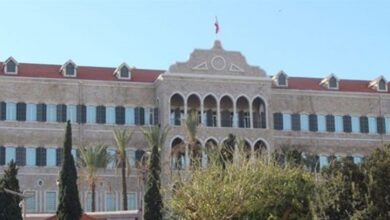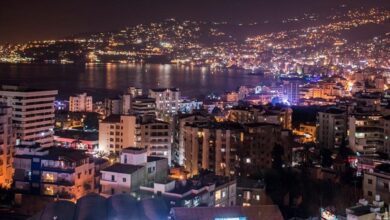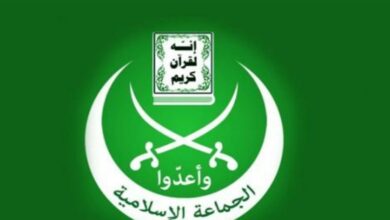Al-Absi opened a study day on Christian art in the Patriarchate of Antioch
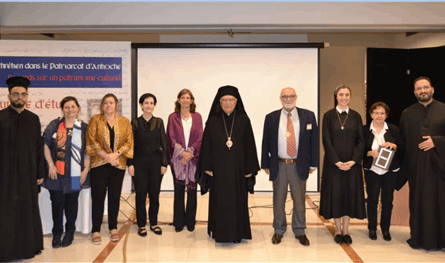

Researchers and doctors participated in its four episodes: Raphael Ziadeh, Carol Roche-Hawley, Patricia Antaki, Patricia Ghanima, Levon Nordigian, Nadine Benayot, Matt Emerzell, Nada Helou, Father Charbel Nassif, Grace Homsi, Nada Sarkis, and Sister Marie-Therese Elia.
Al-Absi opened the school day with a speech in which he said: “I am pleased to welcome you to this study day entitled Christian Art in the Patriarchate of Antioch: Insights into a Cultural Heritage. Art has always held a central place in Christianity, as a means of expressing faith and spirituality. It transcends language and cultural barriers, allowing us to connect with God and demonstrate our commitment to our faith. Each work of art is imbued with symbolism and spiritual meaning, nourishing the inner life of every Christian. From the beauty of church frescoes to the minute details of icons, Christian art has served to bring us closer to the divine presence.”
He added: “In the eighth and ninth centuries, the Byzantine Church had to confront the heresy of iconoclasm, which led to the loss of a huge amount of icons, murals, and mosaics. The Ecumenical Council of Nicaea, held in 787, confronted this heresy by clearly stating that honoring the icon goes back to the original model and that whoever honors the image honors the one it represents. In 843, Empress Theodora succeeded in restoring the veneration of icons by affirming the decisions of the Council of Nicaea. As a memorial to the victory over the iconoclastic heresy, to this day we circumambulate icons in our Byzantine churches on the first Sunday of Great Lent as “Orthodox Sunday,” so that the defeat of this heresy and the end of the major doctrinal and Christological conflicts remain in our memory.
He continued: “The Patriarchate of Antioch occupies a unique place in the history of Christian art. Its artistic heritage dates back to the first centuries of Christianity. The Antiochian churches were a bastion of artistic innovation and the cradle of many artistic traditions that influenced the development of Christian art throughout the world. Antiochian Christian art is a meeting point of diverse traditions, making it an essential element for exploring our common roots within the different Antiochian churches. Today, as we come together to explore this artistic legacy, I encourage all scholars in attendance to continue their work in this fascinating field. “There is still much to discover and understand about Antiochian Christian art.”
Al-Absi added: “Your commitment and dedication are necessary to preserve this precious cultural heritage and pass it on to future generations. I have no doubt that every lecture on this school day is valuable in expanding our understanding of this rich cultural heritage. Antiochian Christian art, imbued with its Arab and Islamic environment, reveals a harmonious mixture of styles and motifs. Royal manuscripts and icons display Islamic influences, as the details of clothing, decorations, and layout reflect this artistic synthesis. “This demonstrates the peaceful coexistence of Christian and Islamic traditions and a dynamic cultural exchange and enriches our understanding of the region’s history and spirituality.”
He said: “The Melkite Catholic Church is fully aware of the vital role that technology plays in preserving our precious heritage. For this reason, great efforts have been made to digitize all our manuscripts in the Patriarchate of Damascus and in our monastic orders. In addition, a large number of our icons throughout our churches have been digitized. However, it is important to realize that there is still work to be done in this area. By continuing these efforts, we aim to provide broader access to this unique cultural heritage, allowing its historical and spiritual significance to be better understood.”
He concluded: “At the end of this school day, I will award the Patriarchal Cross of Jerusalem to Nada Helou, Raphael Ziadeh, and Levon Nordigian in recognition of their valuable contributions to the history of Eastern Christian art.” This gesture aims to demonstrate the importance that the Melkite Greek Catholic Church attaches to scientific study and preservation of the rich artistic and cultural heritage of Eastern Christianity. By honoring these distinguished scholars, we not only acknowledge their exceptional contributions to the field, but also our church’s commitment to supporting and evaluating academic research in these areas. This gesture demonstrates our commitment to enhancing knowledge, understanding and appreciation of our history and traditions, thus enriching our community and faith.
I extend my deep thanks to Father Rami Wakim, Head of our Patriarchal Office, Father Charbel Nassif, Head of the Archives and Manuscripts Department at the Patriarchate, and Professor Nada Helou, Professor of Christian Art at the Lebanese University, for organizing this study day. Their dedication and commitment made this meeting possible. I thank each and every one of you for coming today and for your contribution to this school day. “May we all be inspired by the beauty and depth of Antiochian Christian art, and may our research continue to illuminate our understanding of this rich spiritual heritage.”
At the end of the school day, Patriarch Al-Absi awarded the Order of the Cross of Jerusalem to Nada Helou, Raphael Ziadeh, and Levon Nordigian in appreciation of their efforts and research in Christian art.
“No Patriot systems are available to be sent to Ukraine. This is what the US National Security Advisor revealed
[previous_post_link]

